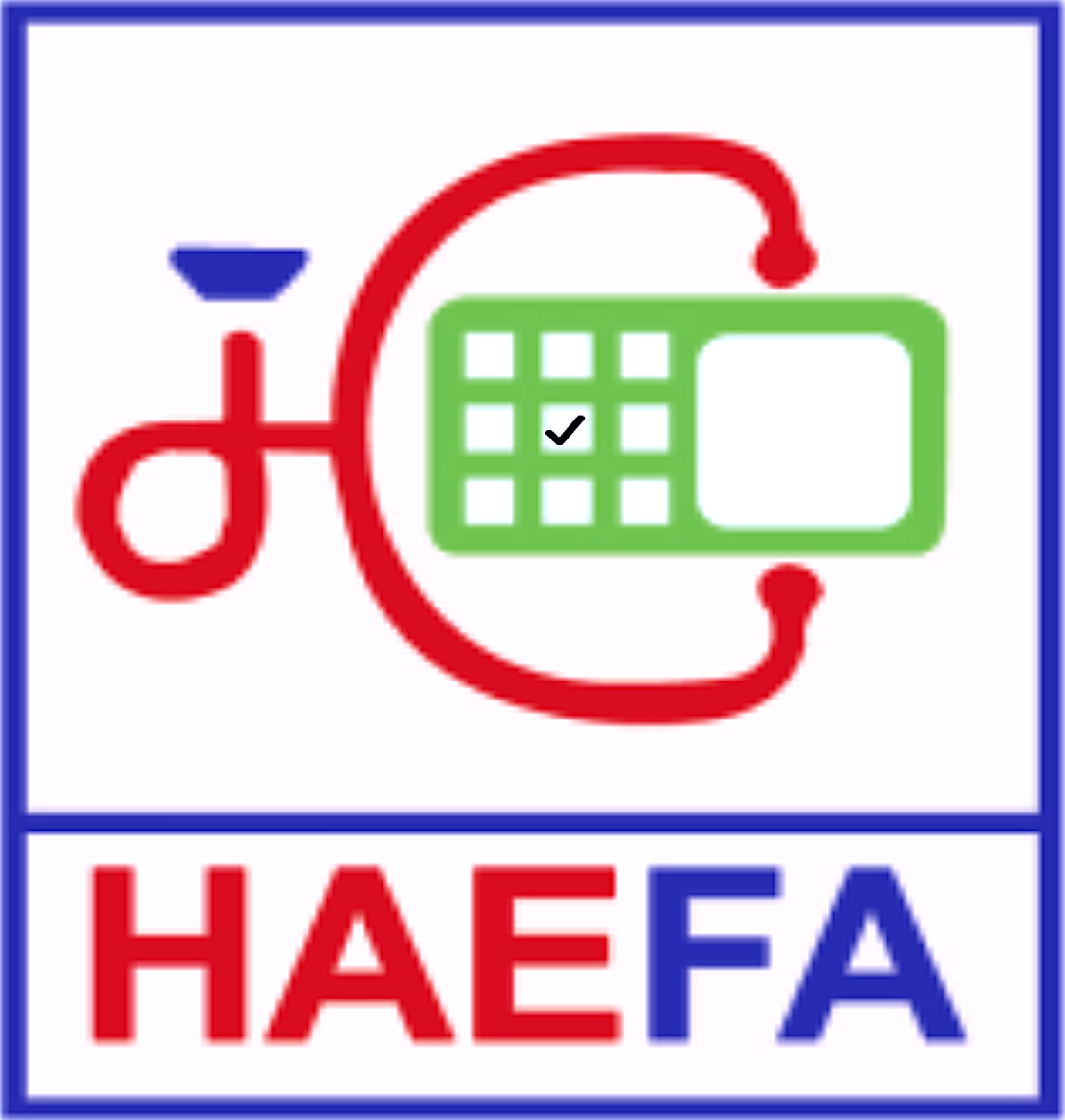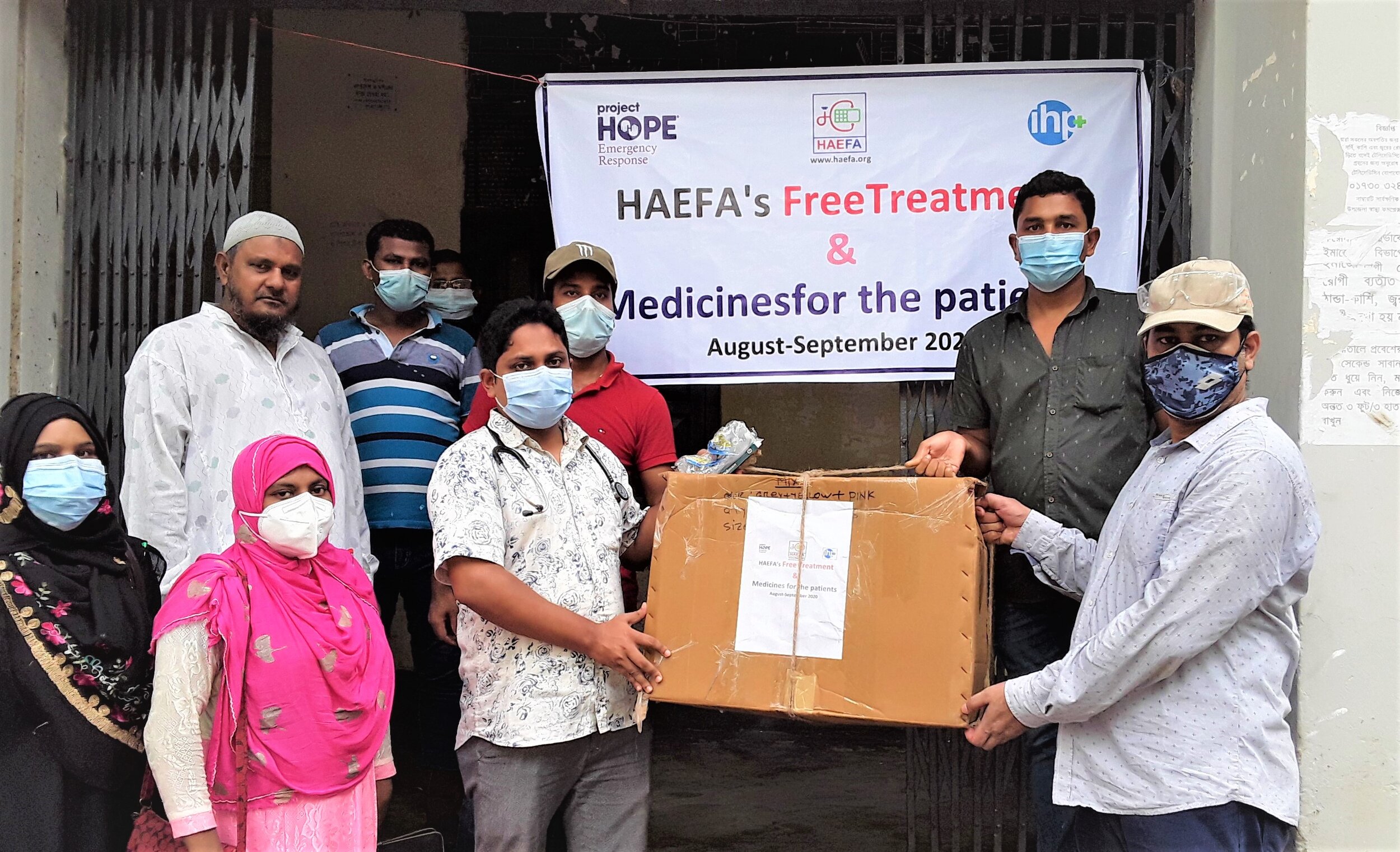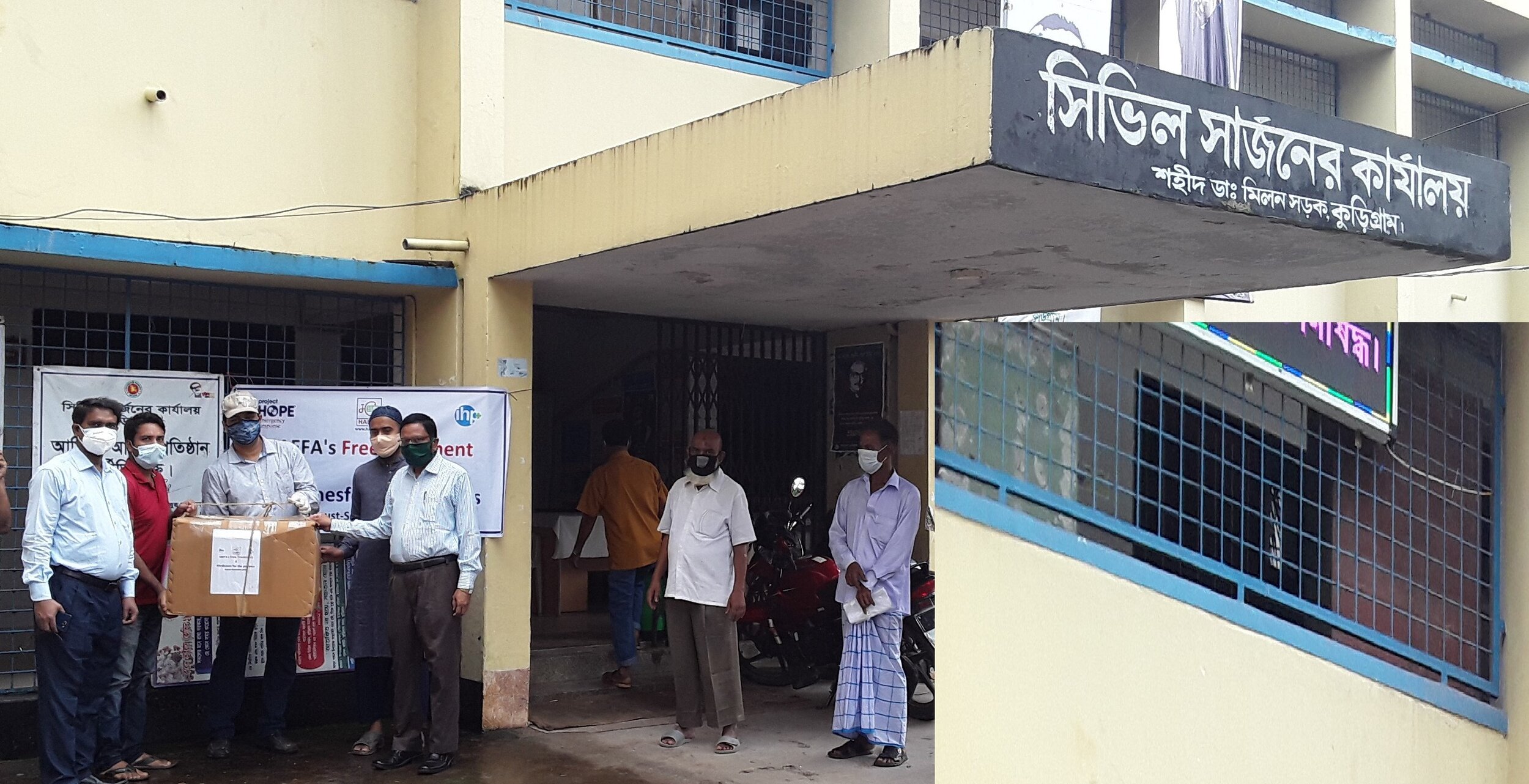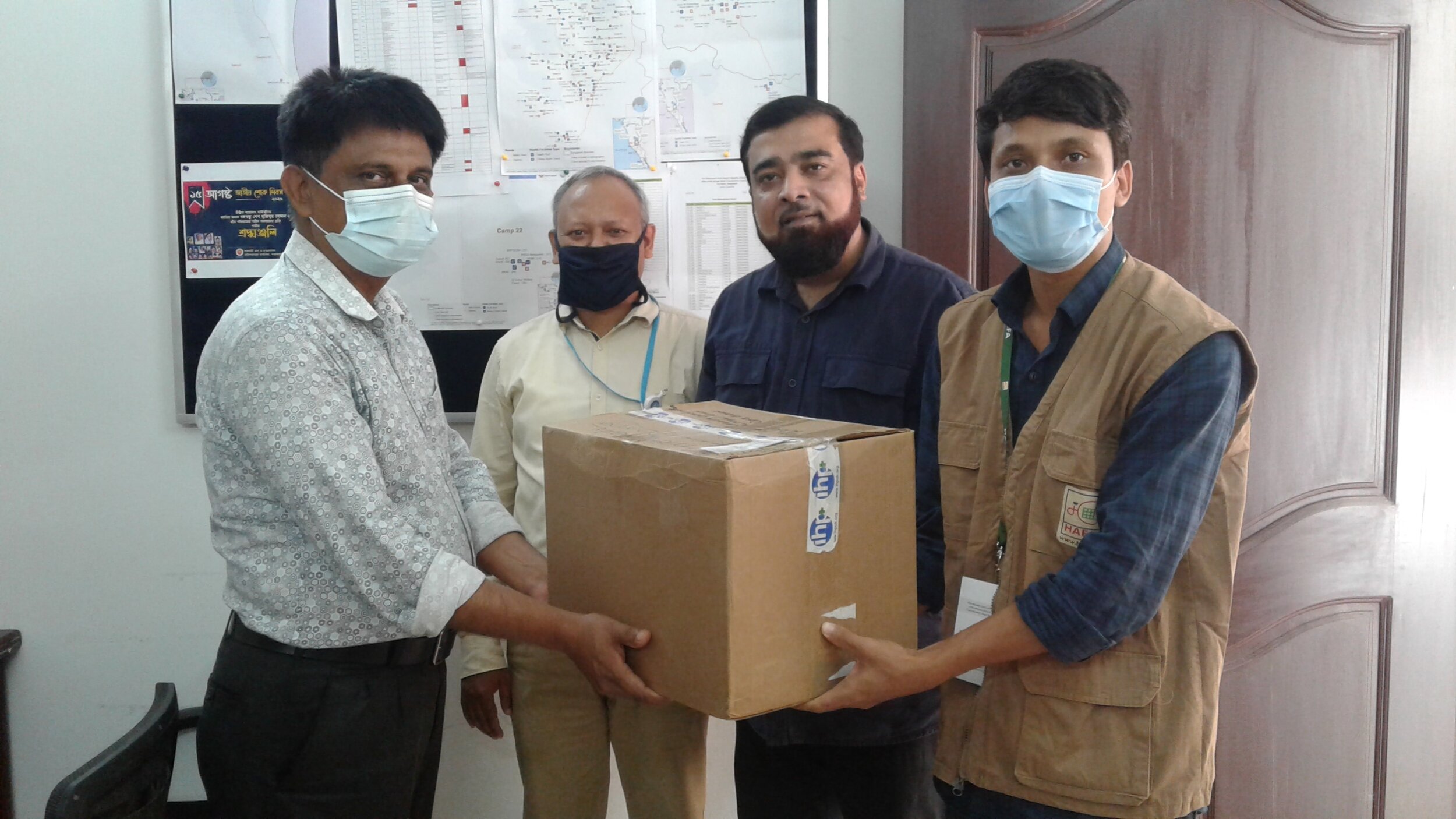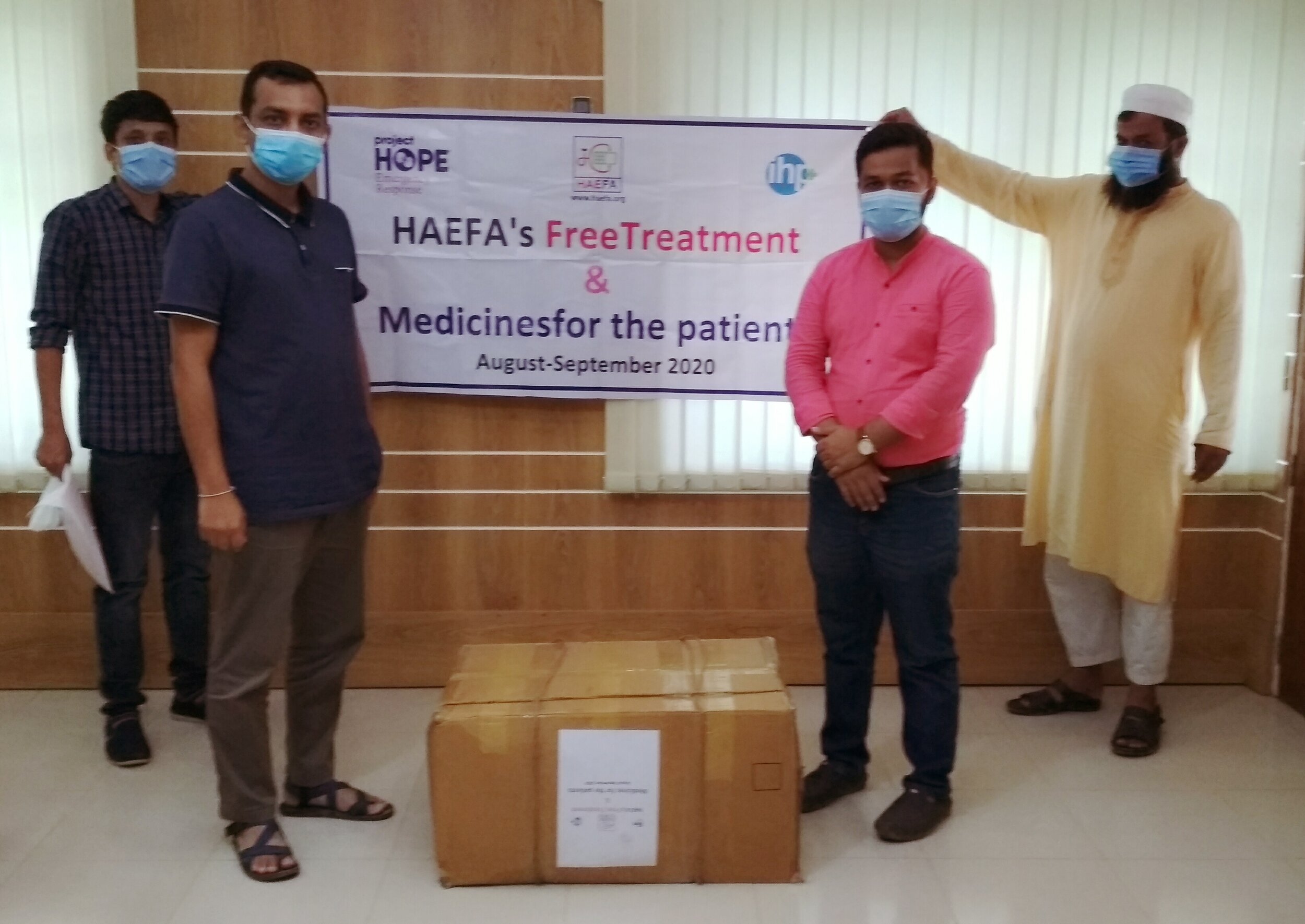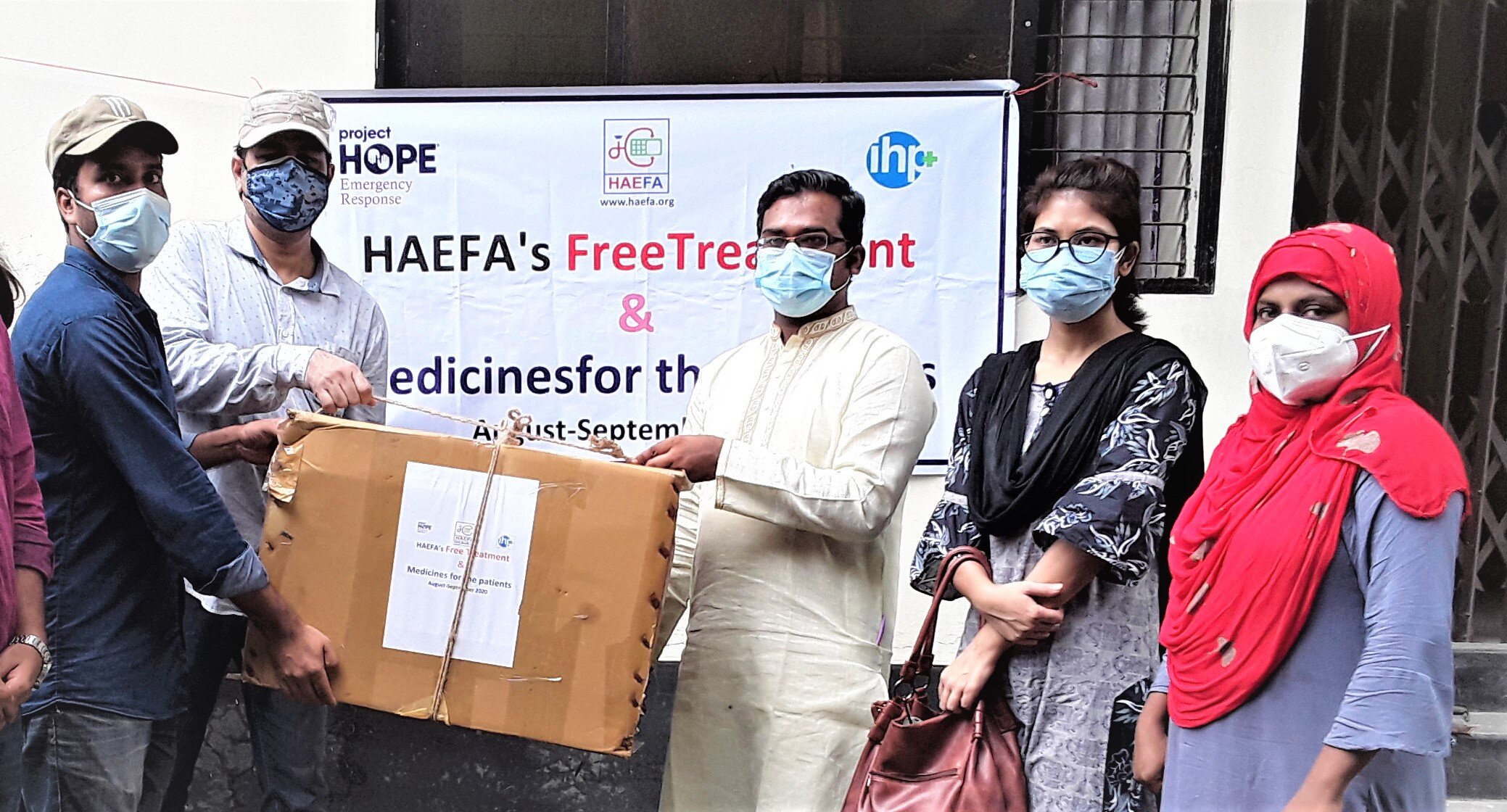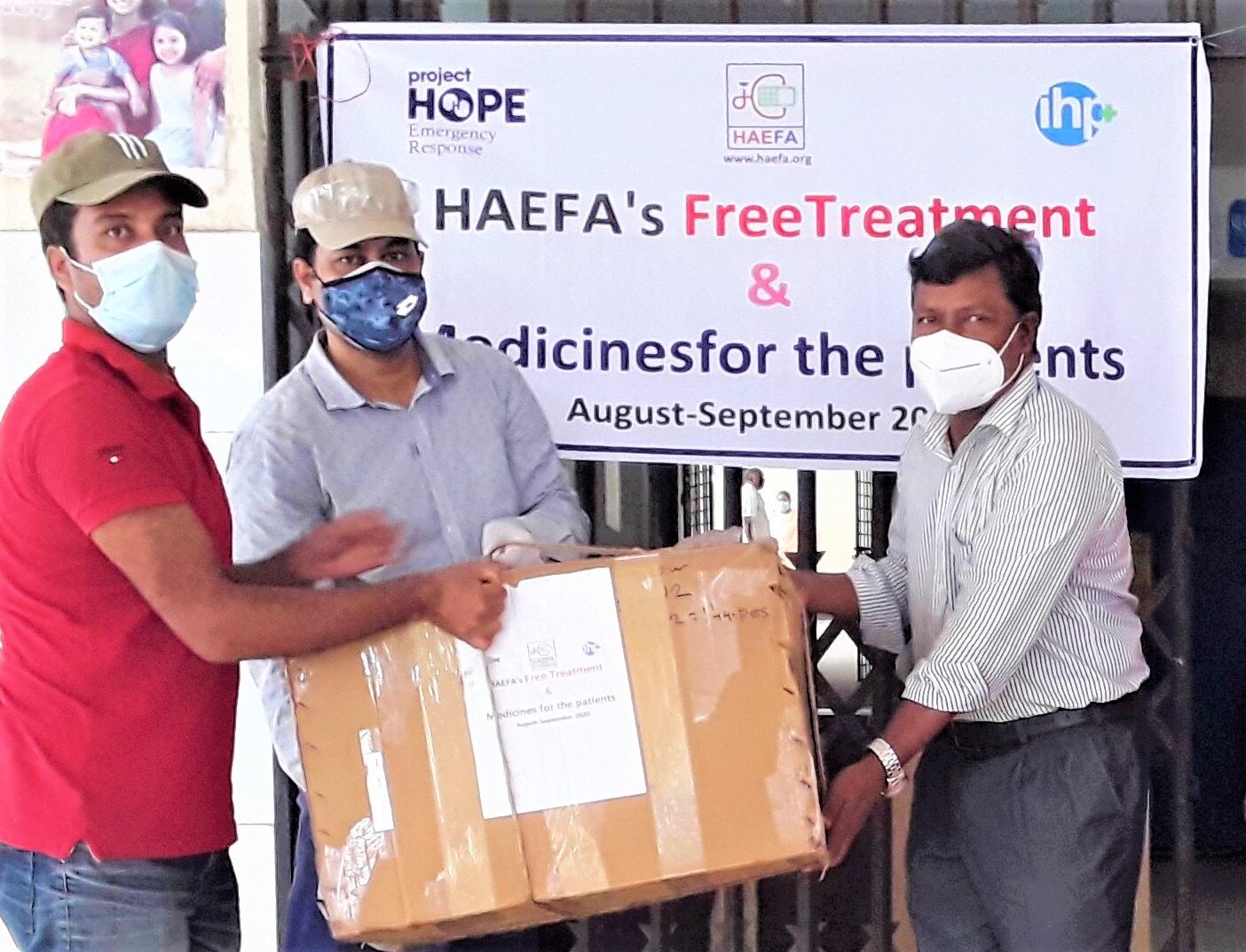On May 20th, in the midst of the COVID-19 pandemic, the catastrophic Super Cyclone Amphan swept through Bangladesh and Eastern India.
Reaching peak winds of 160 mph (240 km/h), the tropical storm caused over $13 billion USD of damage which significantly impacted the vulnerable populations of Bangladesh.
Amphan Damage Summary:
20 lives were lost; Bangladesh was flooded; 26 districts were destroyed, Jamalpur was most affected (73.49% of area flooded as of July 2020)
55,667 houses were completely damaged, and around 162,000 were partially damaged
Health impact on people by Amphan:
Many health risks emerged due to poor WASH (Safe water, sanitation, and hygiene) conditions
The primary health risk was skin disease and diarrhea
Arsenicosis, Fluorosis, Schistosomiasis, Helminthiasis, Malaria, and Dengue also occurred
HAEFA Emergency Response
HAEFA’s medical teams immediately assessed the needs of the cyclone victims. Throughout May and June, HAEFA collaborated with Project HOPE to execute an emergency response. In July, Project HOPE, with the support of IHP (International Health Partners), shipped over 2,000 lbs (close to 1,000 kg) of supplies and emergency medications by air cargo to be distributed throughout the Amphan affected areas.
Medicine Distribution:
6 pallets, a total of 18,319 medicines (966 kg) were distributed to 7 districts in Bangladesh along with Rangpur and Cox’s Bazar.
Free medical treatment and medicines were distributed directly among the people of “Jele Palli” of Maheshkhali and Kutubdia. The rest of medicines were sent to Civil Surgeon, Upazilla Health Complex
The shipment included: - prescription antibiotics - diuretics - pain relievers - skin ointments - antifungal medicine - medicines to treat stomach - anti-worm medicine acid, hypertension, and - multivitamins diabetes
These supplies were used to treat Amphan victims in shelters, government medical centers, and nearby communities.
Challenges:
Drug distribution presented the biggest challenge; HAEFA had to work with the Director General of Drug Administration and NGO Bureau to release the medicines from customs
The Government of the People’s Republic of Bangladesh issued a non-objection certificate for free distribution of medicines among the Amphan Cyclone victims and got the clearance certificate from the Drug Administration.
